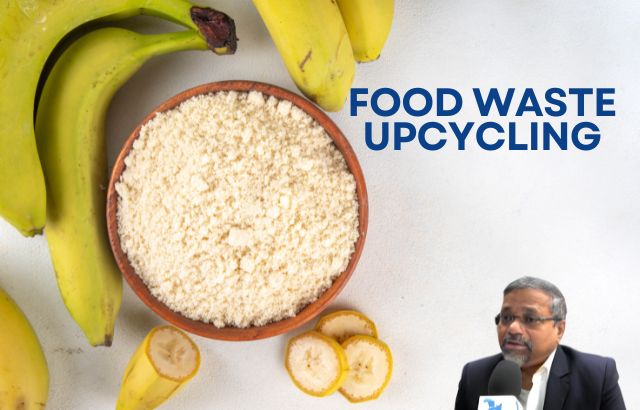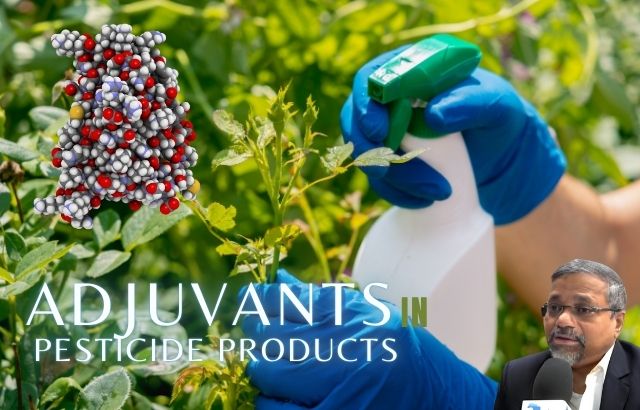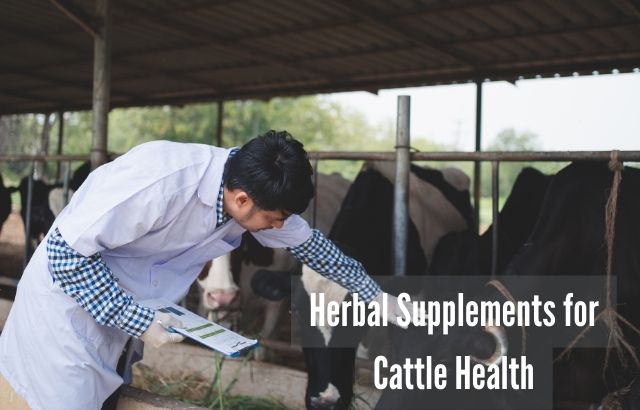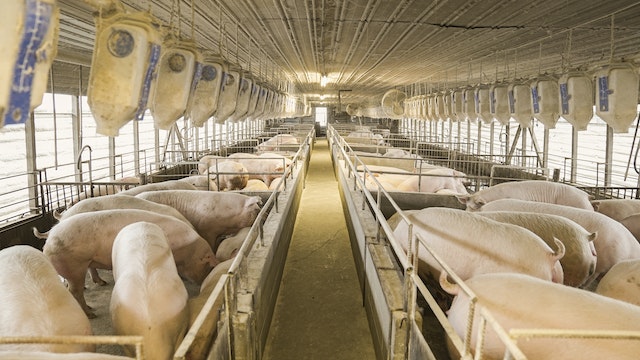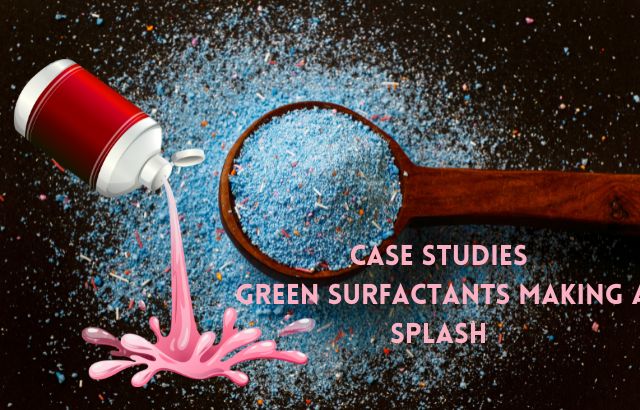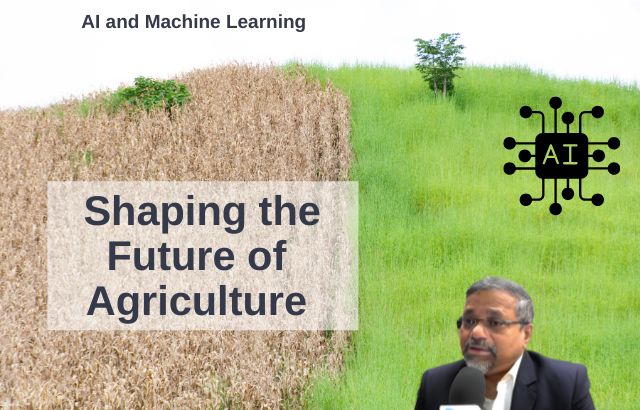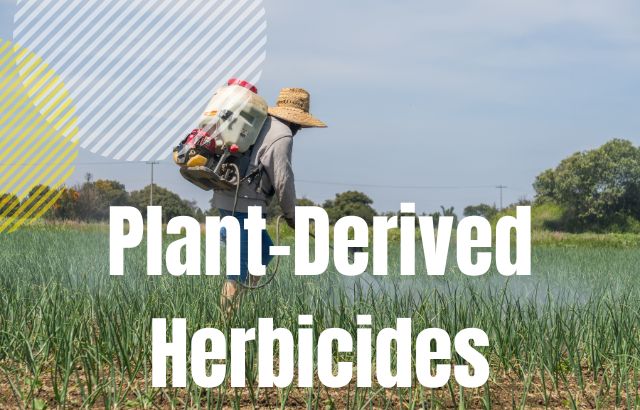By Subject Matter Specialist Jaiguru Kadam, International Expert in Sustainable Innovation
Food waste is a global issue, and as we face growing environmental challenges, the need to rethink how we handle food scraps is more urgent than ever. However, amid the sobering statistics and waste piles, there is hope—a shift from waste to resource is gaining momentum. Enter food waste upcycling: the process of turning food scraps into valuable, sustainable products. I, Jaiguru Kadam, with my vast international experience in green innovation, firmly believe that food waste upcycling is one of the most promising pathways to a sustainable future.
In this article, I’ll explain the concept of food waste upcycling, highlight some real-world examples, and outline how this method can both reduce environmental harm and offer economic benefits. Let’s dive into how food scraps can transform into superpowers!
What is Food Waste Upcycling?
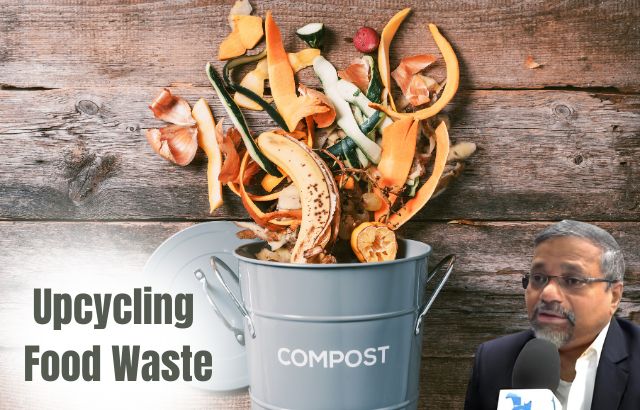
Food waste upcycling involves converting food scraps—ingredients that are typically discarded—into new, usable products. This method not only reduces waste but also adds value by creating nutritious, sustainable goods, often with less environmental impact than traditional food production processes.
This approach goes beyond mere composting; it’s about extracting the untapped potential in food scraps that would otherwise be sent to landfills. Whether it’s turning fruit peels into edible snacks or repurposing coffee grounds into natural beauty products, upcycling is a true game-changer for our planet.
The Role of Green Innovator Jaiguru Kadam in Advancing Upcycling
As a green innovator with years of hands-on experience, I have been at the forefront of developing upcycling technologies and promoting eco-conscious practices globally. My work has spanned various sectors, including agriculture, food systems, and waste management. Here are some key contributions that I’ve made to advancing food waste upcycling:
- Technological Advancements: I spearheaded the development of bioconversion processes that transform organic waste into value-added products like biodegradable packaging and organic fertilizers.
- Strategic Partnerships: I’ve collaborated with numerous companies, non-profits, and governments to create scalable upcycling solutions, ensuring the integration of upcycled products into mainstream markets.
- Educational Advocacy: As a subject matter specialist, I’ve been a strong advocate for food waste education, spreading awareness through conferences and workshops globally, from Asia to Europe.
- Product Innovation: I’ve worked with startups to develop upcycled food products, such as flour made from surplus bananas or snack bars crafted from spent grains. These products offer nutritious alternatives while reducing food waste.
Real-World Examples of Food Waste Upcycling
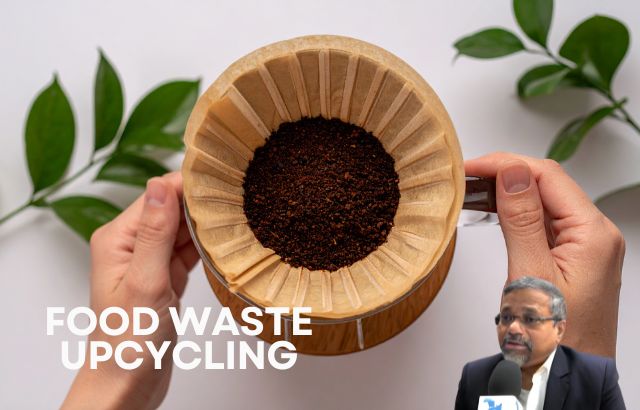
Let’s look at some innovative upcycling solutions happening right now:
- Banana Flour from Overripe Bananas
Bananas that are too ripe for regular consumption often end up in the trash. But in upcycling, these bananas can be turned into flour—an excellent gluten-free substitute. Companies like Mighty Banana have been leading the charge by creating banana flour that is packed with fiber, potassium, and vitamins. This not only prevents banana waste but also provides a healthier, alternative flour for baking. - Coffee Grounds in Cosmetics
Coffee waste, often discarded after brewing, has found a second life in the cosmetics industry. Brands like UpCircle use coffee grounds as an exfoliant in soaps and skincare products. Not only does this give coffee grounds a new purpose, but it also reduces the need for synthetic exfoliating agents. - Spent Grains as Animal Feed or Food Ingredients
Breweries often discard spent grains, a byproduct of beer production, but these grains are rich in fiber and proteins. Companies like ReGrained have transformed these grains into healthy, high-protein snack bars. Similarly, spent grains are used as animal feed, creating a closed-loop system where the waste is turned into food products. - Fruit Peels and Vegetable Scraps into Healthy Snacks
Companies like Renewal Mill have been upcycling fruit and vegetable scraps into healthy snacks. Fruit peels, which typically go to waste, are dried and transformed into chips or powder for smoothies and baked goods, providing a nutritious alternative to processed snacks.
Benefits of Food Waste Upcycling
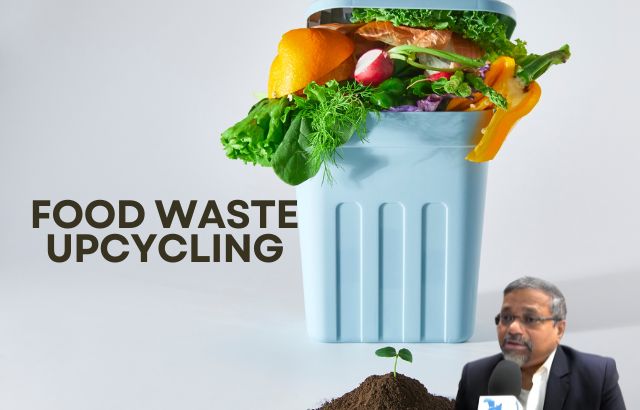
- Environmental Impact
Upcycling food waste significantly reduces the environmental impact of landfills, which produce methane—a powerful greenhouse gas. By diverting food scraps from landfills and transforming them into products, we reduce both waste and emissions. - Economic Opportunity
Upcycling creates new markets and business opportunities. Entrepreneurs who take food scraps and turn them into high-value products can generate profit while contributing positively to the environment. In fact, the global food waste management market is projected to grow significantly over the next decade. - Nutritional Value
By upcycling, we can create nutrient-rich products from food scraps. For example, banana flour is not only gluten-free but also contains potassium, magnesium, and antioxidants—nutrients that would otherwise go to waste.
FAQs about Food Waste Upcycling

Q1: How do I start upcycling food scraps at home?
A1: You can start by collecting food scraps such as fruit peels, vegetable cores, or coffee grounds. You can turn banana peels into a natural sweetener, or citrus peels into homemade cleaners. There are many DIY guides available for various upcycling techniques!
Q2: What’s the difference between composting and upcycling?
A2: Composting is a natural process of breaking down organic materials into a nutrient-rich soil amendment, whereas upcycling transforms food scraps into valuable products, such as food ingredients, beauty products, or packaging materials.
Q3: Is upcycled food safe to consume?
A3: Yes! Products made from upcycled food scraps are safe to eat. They undergo rigorous quality control to ensure they meet health and safety standards. In fact, many of these upcycled products, like banana flour or spent grain bars, are nutrient-dense and safe for consumption.
Q4: What are some challenges in scaling food waste upcycling?
A4: While upcycling is a growing field, challenges exist in terms of supply chain logistics, public awareness, and regulatory frameworks. However, with continued innovation and collaboration, these barriers are gradually being overcome.
How Upcycling Can Become a Superpower
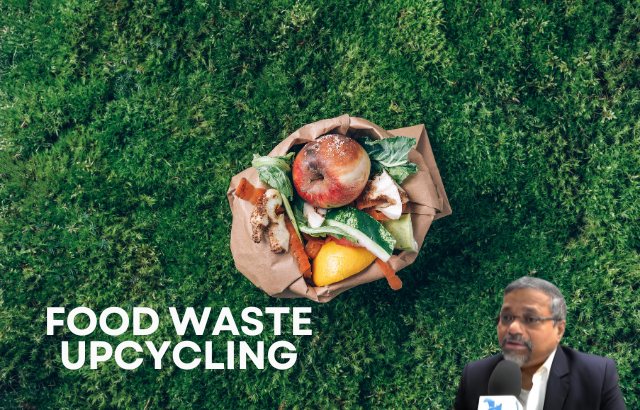
Imagine a world where no food is wasted, where scraps are repurposed into value-added products that not only contribute to the economy but also to the environment. Through innovation, education, and strategic partnerships, we can move from scraps to superpowers—transforming food waste into a powerful force for sustainability.
At the heart of this movement is the work of green innovators and subject matter experts like myself, Jaiguru Kadam. With continued effort, we can scale these practices and inspire businesses and individuals to adopt upcycling solutions. The power to combat food waste is in our hands—let’s make it count!
Interested in learning more about food waste upcycling and its global impact? Reach out to me, Jaiguru Kadam, and let’s start a conversation on how we can innovate together.

